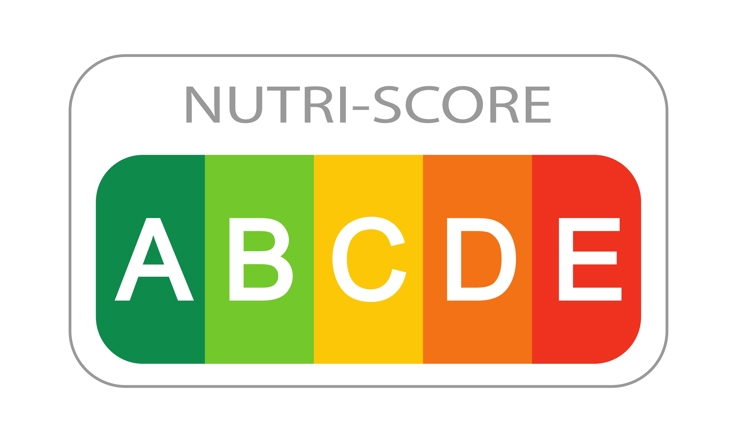The nutritional brand Nutri-Score can work in Norway
Research findings
|Published
Nutri-Score can function in the Norwegian food market, according to a new study from NewTools, which has tested how these algorithms correspond to Norwegian dietary guidelines. Some weaknesses were also uncovered, such as white rice and pasta gaining a top score.
This article was published in Norwegian on the 10th November 2023.
Nutri-Score, a labelling scheme originally launched in France, aims to help consumers make healthier choices when shopping for groceries. The scale goes from a dark green A for healthier foods, to a dark red E for foods you should limit intake of. The score is calculated based on the content of energy, salt, sugar, saturated fat, protein, fibre and fruit/vegetables in the food.
Nutri-Score is commonly seen on food products in France and in several other European countries. It is now also found on some imported goods in Norwegian stores.
Nutri-Score is one of the candidates being assessed for the EU's front label on food for European consumers. Norway must follow EU if a mandatory labelling scheme is to be used throughout Europe, says Marianne Hope Abel, dietetics researcher at the Norwegian Institute of Public Health (NIPH).
Needs adjustment
This study has calculated the Nutri-Score for 1,782 common foods in Norway. The results of the study showed that the majority of foods that we should eat more of, such as fruit, vegetables and whole grain products, were classified with Nutri-Score A or B. Foods that the dietary guidelines recommend limiting intake of, such as fatty cheeses, processed meat products, snacks, chocolate, sweets, biscuits and sweet pastries, were most often classified with Nutri-Score D or E.
These results are positive, but we see a potential for improvement in how the score ranks foods within certain food categories, explains Marianne Hope Abel.
The evaluation showed, for example, that Nutri-Score's ability to distinguish between different fat contents in cheese and other dairy products, and in processed meat products, is not always good enough. Cheese with lower fat content can receive the same score as full-fat cheese, and sour cream and cream with very different fat percentages often get the same score. The score also does not distinguish well enough between cereal products' content of whole grains, where white rice, pasta and sifted wheat flour can achieve a top score on a par with the whole grain varieties.
If the marking scheme is to work better in a Norwegian setting, the algorithms behind the score should be adjusted. We are now exploring that, says Abel.
The NewTools project, led by NIPH, will contribute to developing a nutritional score that can fit the Norwegian food market and the dietary challenges we have in Norway.
Nutri-Score is revised regularly, and we hope that results from this study and the NewTools project can contribute to improve the score in the long run, Marianne Hope Abel concludes.
In the NewTools project, work is also being done to develop a score for environmental and social sustainability and it is being explored how such scores can be utilised. The project has received support from the Research Council of Norway and is a collaborative project that includes seven research institutions and 21 actors from various parts of the Norwegian food system.

